Can a Chicken see Red Light – Yes But As a General Rule Red Lights cannot be used to stimulate and heighten egg production in layers. Some heat lamps radiate a red light which helps baby chicks to stay warm.
Red Lights also disguise any traces of Blood on Chicks, to prevent them from pecking each other. When using a red light for 24 hours it can help promote your chickens being calm, plus it helps deter them from pecking at each other. Chickens are often thought of as simple creatures, but they are actually quite fascinating. For example, did you know that chickens are tetrachromatic?
This means that they have four types of cones in their eyes that let them see blue, and green light, as well as ultraviolet light. As a result, chickens see many more colors and shades than we do. Chickens also have an additional double-cone structure in their eyes that helps them to track movement. This allows them to quickly react to predators, which is a vital survival instinct in the wild. All of these features make chickens unique and interesting creatures.
Can Chickens see Red Light?
Why Do Chickens Need Red Light? Red light is necessary for chickens for performing the different functions in the chickens.
Why Do Chickens Need Red Light / Benefits
There are the following benefits of the red light for the chickens: Can Chickens see Red Light?
Light Triggered – Increased Egg Production:
Do Chickens Need Red Light – Egg production slows way down at this time of year because of the decreased daylight and the fact that chickens tend to go through their annual molt in the late fall.
Light and Reproductive Triggers
Photoperiod is essential in manipulating sexual maturity and reproductive performance in avian species. Photoreceptors can perceive light in the retina of the eye, pineal gland, and hypothalamus. However, the relative sensitivity and specificity of each organ to wavelength, and consequently, the physiological effects, may differ.
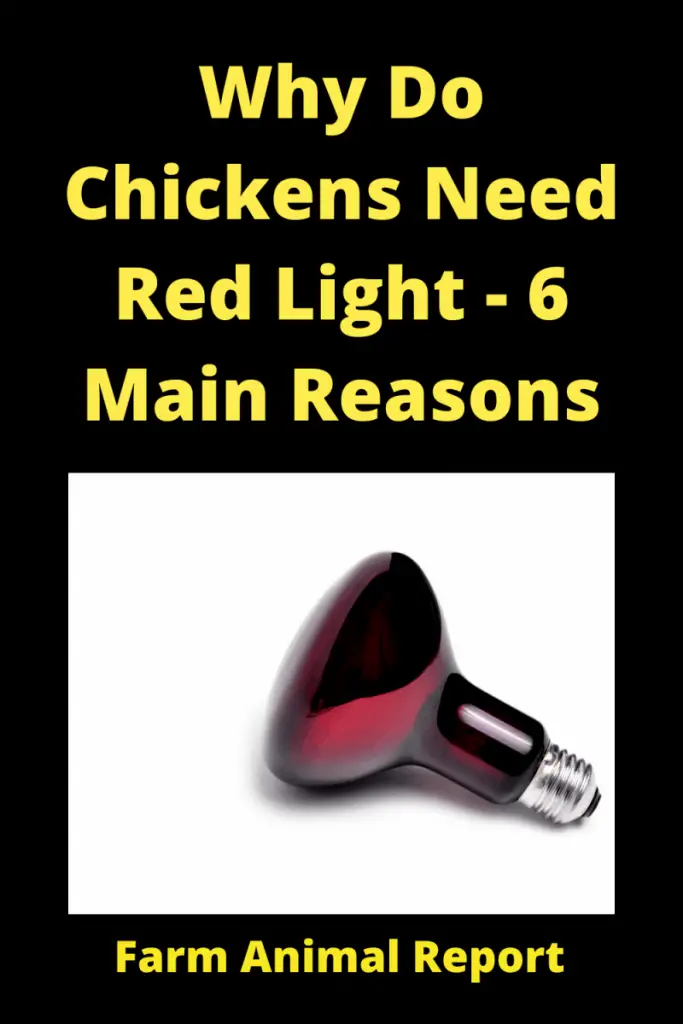
Red / Green / White Light Experiments
This experiment tested the impacts of light wavelengths on reproduction, growth, and stress in laying hens maintained in cages and to determine whether the retina of the eye is necessary. Individual cages in 3 optically isolated sections of a single room were equipped with LED strips providing either pure green, pure red, or white light (red, green, and blue) set to 10.
The retina’s involvement in mediating the effects of light wavelength was assessed using a naturally blind line of chickens. Red and white lights resulted in higher estradiol concentration after photostimulation, indicating stronger ovarian activities, which translated into a significantly lower age at first egg compared with the green light.
Paragraph For Amazon Resources for Raising Meat Chickens
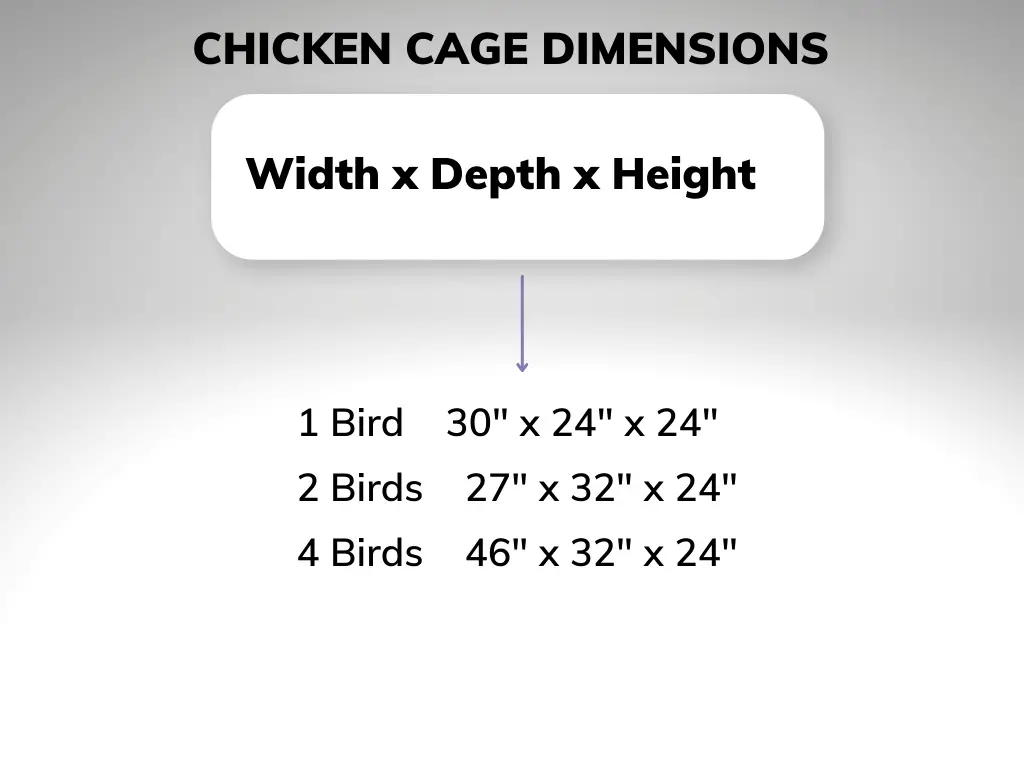
12 Ways to Make Money by Chicken Farming—Extensive Guidelines for Chicken Farmers
Similarly, hens maintained under red, and white lights had a longer and higher peak production and higher cumulative egg number than hens under green light. No significant difference in BW gain was observed until sexual maturity. However, from 23 wk of age onward, birds exposed to green light showed higher body growth, which may be the result of their lower egg production.
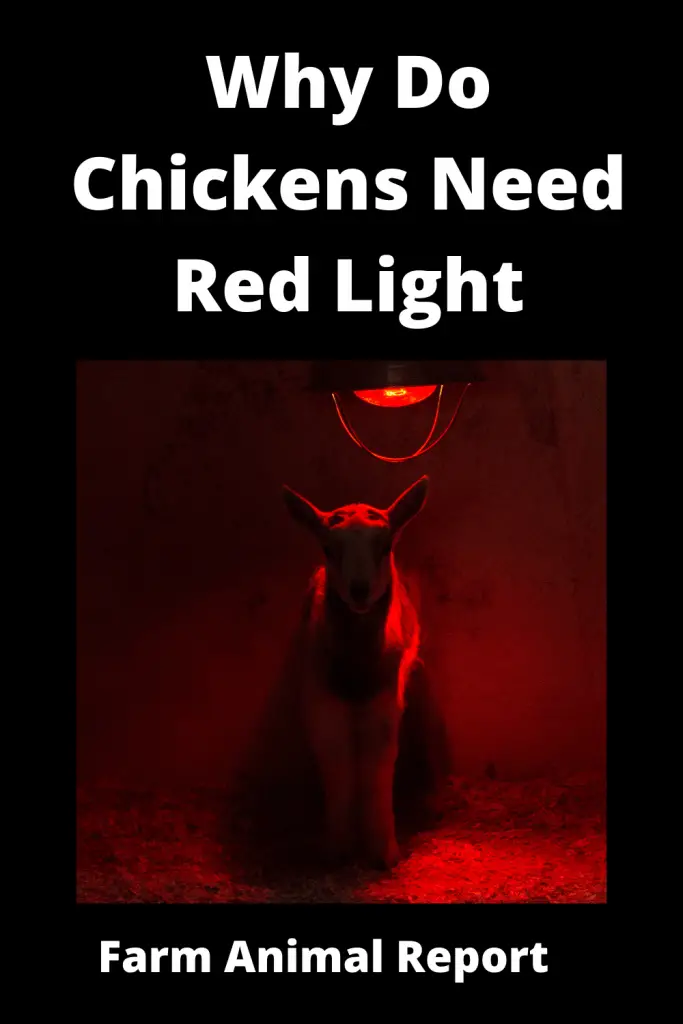
Although corticosterone levels were higher at 20 wk of age in hens under red light, concentrations below can be considered indicative of stress. Because no significant difference was observed between blind and sighted birds maintained under red and white light, the retina of the eye did not participate in the activation of reproduction.
Hens need about fourteen hours of light a day to produce eggs, and in many areas of the country, the sun is only giving about eight hours of light in these winter months. Since most chickens trace their heritage back to equatorial regions, their systems are not adapted to continuing egg production in winter light.
A lamp on the timer in the early mornings and evenings will help keep your ladies in the regular flow of things and keep your basket full of eggs.
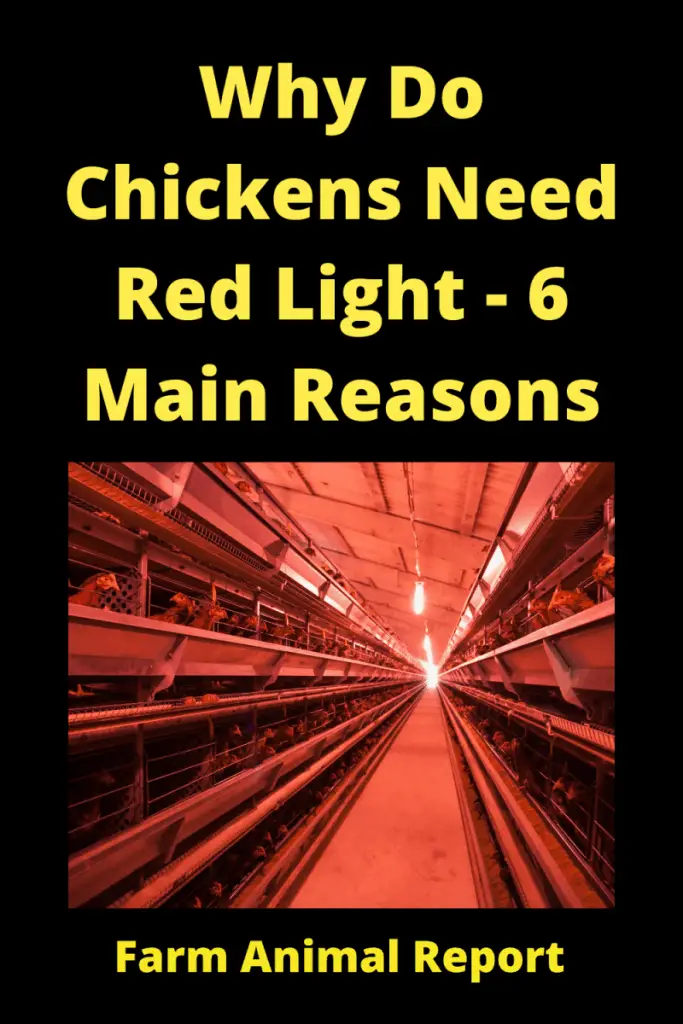
Red Light vs Green Light
Summary:
In summary, the red light was required to stimulate the reproductive axis. In contrast, the green light was ineffective, and the effects of stimulatory wavelengths do not appear to require a functional retina of the eye.
How Much Light do Chickens need to Keep Laying at Top Speed?
Hens need at least 12 hours of daylight per day to lay eggs. At the same time, 14 to 16 hours of sunlight per day will keep them performing at their full potential.

A Little Bit Warmer During the Winter Months: Hypothermia
Sometimes, especially in extreme climates, a coop light can help keep your chickens stay a little bit warmer during the winter months.
Heat lamps are used to keep baby chicks warm when they first arrive at you from a hatchery and can be used to keep hens warm in winter. Along with providing much-needed light for baby chickens to see their way around an unfamiliar brooder, in many cases, a brooder’s heat lamp also acts as its source of light. In this case, the brooder’s heat lamp should not be shut off at night, as this will remove the chicks’ only source of heat.
Newly Hatched Chicks Have No Feathers
Because they don’t have feathers for the first few weeks of life, baby chickens cannot easily regulate their baby temperature. Newly hatched chicks depend on a constant heat source from a lamp if they aren’t kept with a mother hen.
Signs of hypothermia in a baby chicken include the following:
- Legs that are cold to the touch
- Legs that are puffy or swollen
- Lethargy/inactivity
- Loss of appetite
- High-pitched distress cheeping.
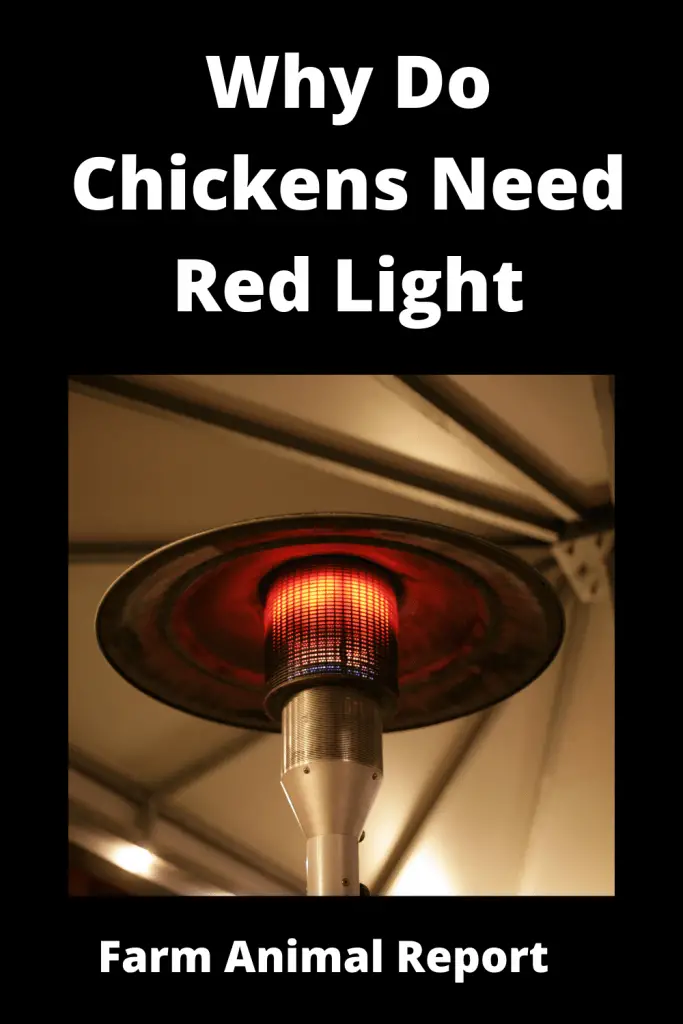
Turning off the lamp over your brooder at night can lead to your chicks becoming chilled and possibly dying. Baby chickens are biologically designed to have their heat regulated by their mother’s protective down, and without this body heat, they will quickly turn hypothermic.
A cold chick cannot digest food properly and will be too weak to seek out water. A chick weakened by cold is also more likely to be trampled and killed by other chicks, because it will not have the strength to move out of their way.
Chickens are very hardy and covered in fluffy feathers, so the temperatures have to be very low to require such supplemental heat. Some chicken experts recommend a temperature around 40 degrees as ideal for hens.
The Danger of Chicks Getting Cold:
Besides becoming hypothermic and dying, even if chicks survive becoming too cold by being reintroduced to heat before death, this bout of hypothermia will often stunt their growth and development. Chicks that become bitter end up with suppressed immune systems and often fail to thrive, more likely to be taken down by illness days or weeks after chills.
When an entire group of chicks is too cold, they will huddle up together instinctively to share warmth. This can lead to weaker, smaller chicks being trampled underfoot by their larger, more aggressive siblings.
These weaker chicks can either become suffocated by their siblings and die or sustain life-threatening injuries like broken legs. Once a chicken has broken a limb, it is often very difficult for the baby chick to survive the injury.
Thus, it is vital that if you are using a heat lamp as your source of light in a baby chicken brooding pen, this light should stay on 24 hours a day up until the point that the chicks are feathered out and ready to introduced to the coop outdoors.
Best Way to Light a Chicken Coop:
Many chicken experts have found that red lights are the best way to light a chicken coop.
The idea is that the subtle light of a red bulb helps to keep your girls calm.Keep in mind that hens do not perceive red light as daylight. So adding such a bulb to your hen house will not work for increased egg production.
Because it’s not perceived as daylight, chickens can be exposed to red light 24/7 with no ill effects. Theories around that red lighting prevent chickens from being able to differentiate combs and wattles, which helps prevent hen-pecking and cannibalism. While these are unproven, the potential benefits may outweigh the possible negative effects, especially since red will not have the other effects of chickens that white light has.
One good reason to keep your coop lit on a timer or with an easy access switch is your ability to see your chores as you are taking care of the hens. If you have a day job or just need to get the chicken chores out of the way in the morning, you will want some additional light to make sure you have found all the eggs, provided enough feed and water, and to see for an accurate headcount. You don’t need to keep it on longer than you are going about your business, so the effects on the hens in minimal.
Need to Find Food and Water at Night
After being hatched from an incubator or shipped from a hatchery, for the first 24 to 72 hours of life, chicks raised on their own without a mother need to figure out how to find their food and water.
Chicks during this stage of development are very fragile, and it is easy for a chick to become hungry or dehydrated, especially if it is weakened from hatching or is just generally weaker than its clutch-mates.
Chickens have terrible night vision, so once the light goes out, chicks are generally unable to find their way around a brooder. This means that if you leave the lights off for eight hours or more, chicks who have not had a chance to find their food and water will become desperately hungry and thirsty.
To make sure that chicks can learn where their feeders and waters are for the first few days, be sure to leave a light on them.
That’s why, when they are not sleeping, chicks can explore freely and can see what they are doing.
If you are using a heat source other than a light, just make sure that chicks have access to a regular day/night light cycle, developing normal sleeping and waking patterns.
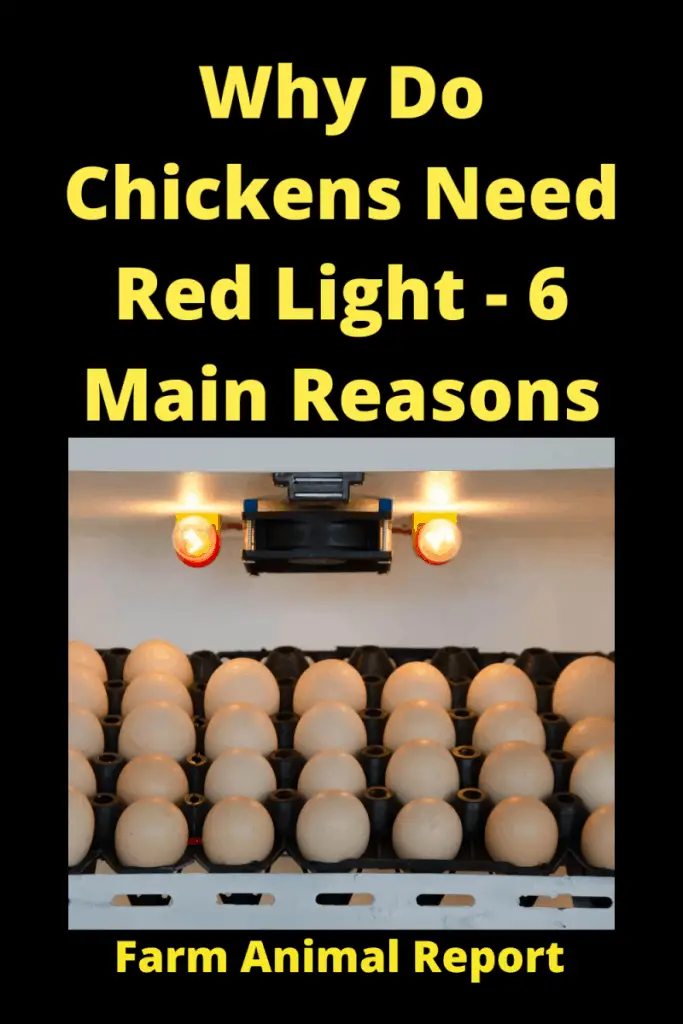
Do Chickens Need Darkness? Install a Timer
If you leave a light on for 24 hours straight in your chicken coop, your flock will recognize it as sunlight and not get the restful sleep.
Such a dramatic shift to a chicken’s natural biorhythms can lead to stress, which can result in behavioral changes, hen-pecking, and even cannibalism.
Chickens Need 6-8 Hours Every day
Your chickens require 6 to 8 hours of sleep every day to maintain their immune system.
So just as much as they need light to lay eggs, your chickens need darkness to sleep and recharge.
Does it disturb the chickens to keep a red heating light in their coop when it gets cool?
It’s not the heat that will lower egg production during winter; it’s the shorter daylight days. If you need them to keep laying during the winter, you will need to add more light.
Some people put a light on a timer to come on 2 hours before sunrise and 2 hours after sunset. Personally, do not provide any extra light.
Baby chickens with their hen do not need a night light:
Under normal circumstances, baby chicks are protected by and provided for by their mothers. Chicks in this natural situation are typically raised in the coop or within a sequestered area of the coop (typically a brooder crate) and do not require lights or additional heat in the coop.
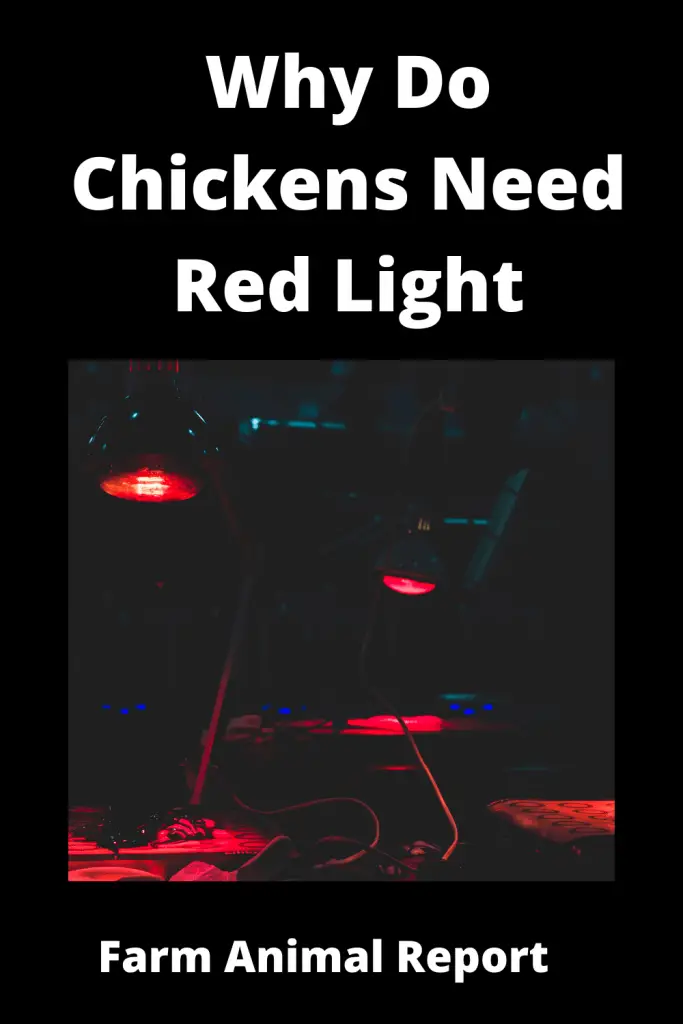
Many farmers have lights in their coops that beckon the chickens at dusk to come inside. However, many coops are not lit, and the baby chickens raised in them by their mothers do just fine.
This is because the mother hen can communicate vocally to her chicks to keep them gathered together. The chicks will naturally gather under the hen for warmth.
Incubator Raised Chicks
However, many people who raise baby chickens choose to raise them by hand from a hatchery or even hatch the chicks themselves in an incubator. Unlike chicks raised by a hen, these hand-raised chicks need a constant source of warmth.
Typically, a heat lamp is used. This provides the chicks with the warmth they need as well as keeps their area slightly illuminated.
Are Baby Chickens Afraid of the Dark?
Since they are so new to the work, baby chickens can be insecure and uncertain about their environment, especially in the first few days after hatching.
Since turning a light off abruptly does not mimic the gradual natural fading of the light when the sun goes down, the sudden change from light to dark can be very starting to baby chicks. They will often cause a volley of frightened peeping if you turn the lights off all at once.
Besides not wanting to scare the poor little things, it is better not to turn the lights off abruptly for safety reasons. Panicked chicks cannot be seen in the dark and will often huddle together widely to feel safe. This may lead to weaker chicks being trampled under their brothers and sisters and even suffocated.
Family Sized Chicken Farm Egg Calculator
| Number of Chickens | Number of Eggs / Day | Number of Eggs / Week | Number of Eggs / Month | Number of Eggs / Year | Family Size | $ Value = .30 / Egg |
|---|---|---|---|---|---|---|
| 1 | .5 | 3.5 | 24 | 168 | 50.40 | |
| 2 | 1 | 7 | 28 | 336 | 1 | 100.80 |
| 3 | 1.5 | 10.5 | 42 | 504 | 151.20 | |
| 4 | 2 | 14 | 56 | 672 | 2 | 201.60 |
| 5 | 2.5 | 17.5 | 70 | 840 | 252.00 | |
| 6 | 3 | 21 | 84 | 1008 | 3 | 302.40 |
| 7 | 3.5 | 24.5 | 98 | 1176 | 352.80 | |
| 8 | 4 | 28 | 112 | 1344 | 4 | 403.20 |
| 9 | 4.5 | 31.5 | 126 | 1512 | 453.60 | |
| 10 | 5 | 35 | 140 | 1680 | 5 | 504.00 |
| 11 | 5.5 | 38.5 | 154 | 1848 | 554.40 | |
| 12 | 6 | 42 | 168 | 2016 | 6 | 604.80 |
| 13 | 6.5 | 45.5 | 182 | 2184 | 655.20 | |
| 14 | 7 | 49 | 196 | 2352 | 8 | 705.60 |
| 15 | 7.5 | 52.5 | 210 | 2520 | 756.00 | |
| 25 | 12.5 | 87.5 | 350 | 4200 | 1260.00 | |
| 50 | 25 | 175 | 700 | 8400 | 2520.00 | |
| 75 | 37.50 | 262.5 | 1050 | 12600 | 3780.00 | |
| 100 | 50 | 350 | 1400 | 16800 | 5040.00 |
Per Day / Per Week / Per Month / Per Year / Dollar Value
Rare Breed Chicken Farming
| Rare Breeds | Country of Origin | Eggs/Week | Average Weight | Price / Chicks |
|---|---|---|---|---|
| Black Penedesenca | Spain | 3-4 | 4-5lbs | $ 13.43 |
| Black Sumatra | Sumatra | 4 / Tinted in Color | 4lbs | $ 4.56 |
| Ameraucana | United States / Chile | 3 / 4 Blue | 5 lbs | $ 4.25 |
| Lavender Orpington | England | 4 / 5 Brown | 5 lbs | $ 6.08 |
| Partridge Chantecler | Canada | 3-5 / Brown | 7 lbs | |
| Wyandotte | United States | 3 - 5 / Tinted Brown | 6 lbs | $ 4.90 |
| Welsummer | Welsum Netherlands | 4 / Dark Brown | 5 lbs | $ 5.95 |
| Silver Grey Dorking | UK / Roman | 8 lbs | $ 5.95 | |
| Light Brahma | United States / China | Brown | 13 lbs | $ 4.90 |
| Silver Laced Cochin / Shanghai | China | 5-6 / Brown | 6 lbs | $ 4.90 |
| White Marans | Marans / France | 4 / Dark Brown | 5 lbs | $ 6.08 |
| Dominiques | United States | 4 - 5 / Brown | 7 lbs | $ 4.90 |
| Exchequer Leghorn | Tuscany Italy | White | 5 lbs | $ 4.25 |
| Silver Spangled Appenzeller Spitzhaubens | Switzerland | 5 | 4 lbs | |
| Buff Brahma Standard | Shanghai China | Brown | 13 lbs | $ 4.90 |
| Silver Laced Polish | Poland / Netherlands | 4-5 lbs | $ 5.95 | |
| White Sultan / Fowls of the Sultan | Turkey | 2 - 3 / White | 4-6 lbs | $ 7.75 |
| Mottled Houdan | Houdan Paris France | White | 4 - 5 lbs | $ 7.75 |
| Dong Tao / Dragon Chicken | Vietnam | 2/3 | $ 2500 - | |
| Ayam Cemani | Indonesia | 3 / Cream | 5 lbs | $ 50 - $ 2500 |
| Onagadori / Honorable Chicken | Japan | $ 49.00 | ||
| Polverara | Italy | 2 / 3 | ||
| Ixworth | Sussex UK | 4 / Cream | ||
| Naked Neck / Transylvanian Naked-Neck chickens. | Transylvania | 5 | $ 4.25 | |
| Campaign | Belgium | 7 / White | 5 lbs | $ 7.75 / Golden |
| Deathlayer / | German | 7 / White | $ 99.00 | |
| Serama / Smallest Chicken in the World | Thailand | .5 - 1 Lb | $ 39.00 | |
| Silkie / Silky | Chinese | 2 / Cream | $ 5.75 / White $ 5.75 / Blue $ 5.75 / Buff $ 5.75 / Black |
|
Types of Chicken Breeds
| Chicken Breeds | Origin | Meat/ Layers / Dual Purpose | Finished Weight | Eggs per Week | Weeks to Slaughter |
|---|---|---|---|---|---|
| Broilers | Canada/US/Europe | Meat | 3.3 lbs | 5 | 14 Weeks |
| Cornish crosses | England | Meat | 6.5 - 8.5 lbs | 3 | 8 - 9 Weeks |
| Jersey Giants | USA | Meat ( Intended to replace Turkeys) | 13 lbs | 4 | 8 - 9 Months |
| Hertigage Breeds | 6 - 9 months | ||||
| Delaware | USA Delaware | Duo | 6.5 lbs | 4 - large | 8 Months |
| Dorking | United Kingdom | Duo | 10 - 14 lbs | 5 - med | 5 Months |
| Buckeye | USA Ohio | Duo | 6 - 9 lbs | 4 - med | 5 Months |
| Rhode Island Red | USA Rhode Island | Duo | 6 b- 8 lbs | 5-6 | 5 Months |
| Leghorn | Italy | Eggs | 4 -5 lbs | 4 | 8 Months |
| Plymouth Rock | USA - Massachusetts | Duo | 7.5 lbs | 4 | 5 Months |
| Sussex | United Kingdom | Duo | 7 lbs | 4 - 5 - large | 5 Months |
| Wyandotte | Canada | Duo | 7 - 9 lbs | 5 Months | |
| Welsummer | Netherlands | Duo | 7 lbs | 4 / Week | 5 Months |
| Hamburg | United Kingdom | Eggs | 7 lb | 4 - med | 9 weeks |
| Black Australorp | Australia | Duo | \3 - 5 lb | 5 - med | 5 months |
| Buff Orpington | England | Duo | 7 - 8 Lbs | 4 - 5 | 8 months |
| Brahma | Meat | 11 lbs | 3 - med | 5 monthss |
Origin
Meat Breeds
Laying Breeds
Dual Purpose Breeds
Chicken / Poultry Breeder Associations
| Rabbit Association | Location | Link |
|---|---|---|
| US Poultry & Egg Association | United States | USPA |
| American Poultry Association | California | APA |
| Ohio Poultry Association | Ohio | OPA |
| National Chicken Council | United States | NCC |
| British Poultry Council | United Kingdom | BPCE |
| Poultry Club of Great Britain | United Kingdom | PCGB |
| Association of Poultry Breeders in EU | Europe | AVEC |
| Australian Chicken Meat Federation Inc | Australia | ACMF |
| Australian Poultry Hub | Australia | Poultry Hub |
Why do Baby Chicks need a Red Light?
Baby Chicks Need Red Light for the Following 7 Reasons;
- To See: Unlike us, chickens can see red light. In fact, they can see a wider range of colors than we can, including ultraviolet light. This is why many bird feeders and birdhouses are painted with bright colors- to attract our feathered friends!
- To Warm Up: Just like us, baby chicks need warmth to survive. A heat lamp placed over their brooder will provide the perfect amount of warmth for them to grow big and strong. The red light from the heat lamp will also help them to stay warm by providing infrared radiation.
- To Grow: Red light has been shown to increase cell growth and regeneration. This is why many people use red light therapy to help heal wounds and reduce inflammation. Baby chicks need all the help they can get to grow into healthy chickens, so a little red light goes a long way!
- To Bond: Chickens are social creatures and love to be around other chickens. However, they can also bond with humans. If you spend time around your chicks while they are growing up, they will be more likely to see you as a friend and not just-food. So take some time to sit with them under their heat lamp and get to know them!
- To Calm Down: Red light has been shown to have a calming effect on animals. This is why many people use red nightlights in their homes. Baby chicks can get scared easily, so a little red light in their brooder will help them to feel safe and calm.
- To Sleep: Chickens need to sleep just like we do, and red light can help them to get a good night’s sleep. Baby chicks usually sleep for about 20 hours a day, so make sure their brooder is nice and dark at night so they can get some rest.
- To Avoid predators: Chickens are prey animals, which means that they are constantly on the lookout for predators. A red light in their brooder will make it harder for predators to see them, and it will also help them to stay calm and avoid panic. So if you’re worried about your chicks being eaten by a fox or hawk, a little red light might just save their lives!
Final Thought – Can Chickens see Red Light?
Chickens do not need Red lights, But for commercial Farming. It helps trigger higher Egg Laying Abilities in their Hens. It is a good way to light a chicken coop, it can provide supplementary heat. Especially in Baby Chicks.
Chickens are not able to see the color red. This is because they have a different type of cone cell in their retina than humans. Humans have three types of cone cells, which allow them to see red, green, and blue light.
Chickens only have two types of cone cells, which allow them to see blue and green light. This means that they are not able to see the color red. However, studies have shown that chickens are attracted to red objects. It is thought that they may be able to see some other colors, such as yellow and orange.






